Arizona Trip Part 7, Kitt Peak Unguided Astropics
[NOTE: For the most part, if a preview image looks bad, it’s because of the way WordPress is compressing the full image. Click for a better picture.]
The night starts around sunset. While you don’t participate in the NOP, you ought to watch sunset, then hang around for the stars coming out. Pretty quickly, I realized just how much darker this place is than Maryland! Unless specfically mentioned, f/4.0 was used for all shots.
At sunset, there’s a perfect view to the west, where you can watch and hope to see a green flash. I’m still kicking myself for this, but I forgot that my camera does HD video, so I tried capturing it with regular photos. I made an animated GIF of them, which you can see below the regular sunset shot. The next-to-last photo might show a hint of green.
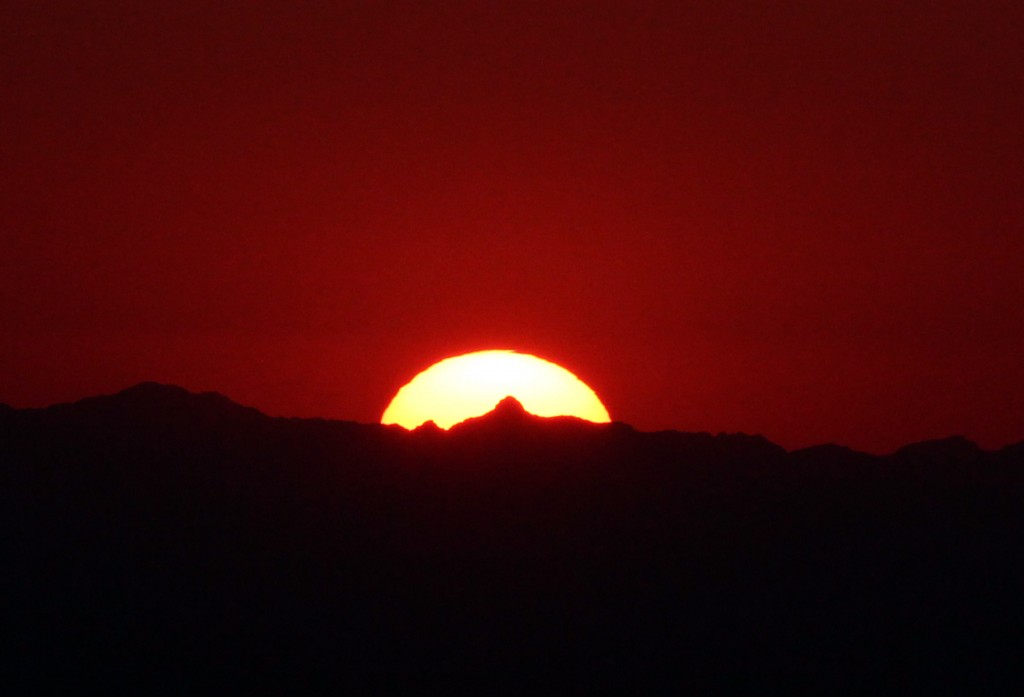
The stars gradually started to come out.
The next thing I wanted to try to get was Comet PanSTARRS. It was within just a few degrees of Andromeda that night, so I decided to try it out. One of the guides thought it couldn’t be done, but I got a shot of the comet a few weeks ago and figured I could do it. This shot is with my 50mm lens, ISO 200 for 5 seconds.
The second one is a stack of 6 images, ISO 6400 for 2 seconds.
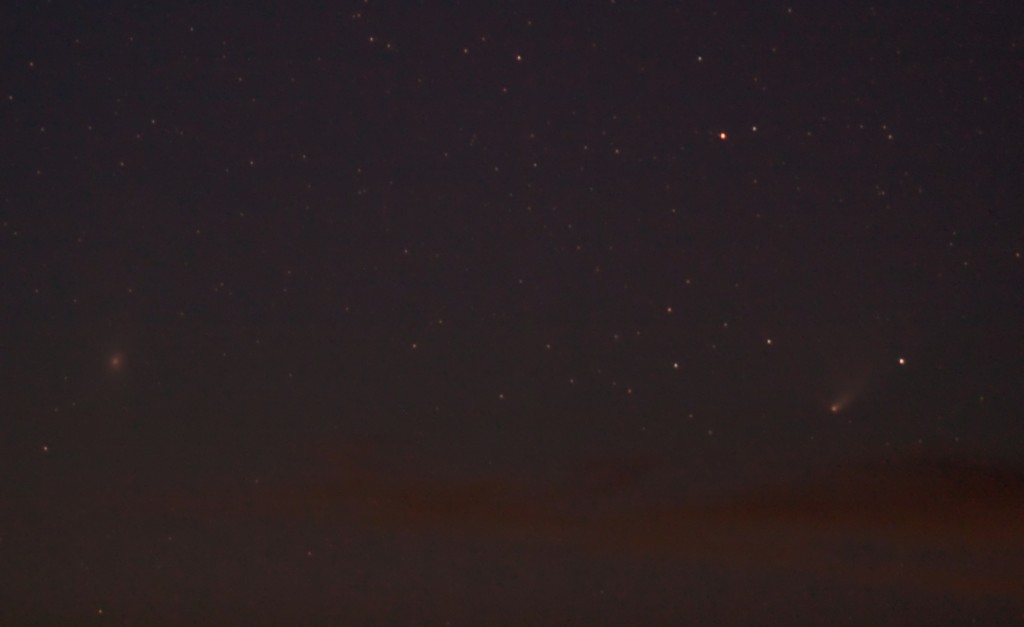
After this, while I waited for it to get fully dark, I shot some wide fields of various constellations with domes in the foreground. These were unguided and 13 second exposures. The first is ISO 800 and of Orion and the Pleiades.
The second is Orion on the other side of the dome.
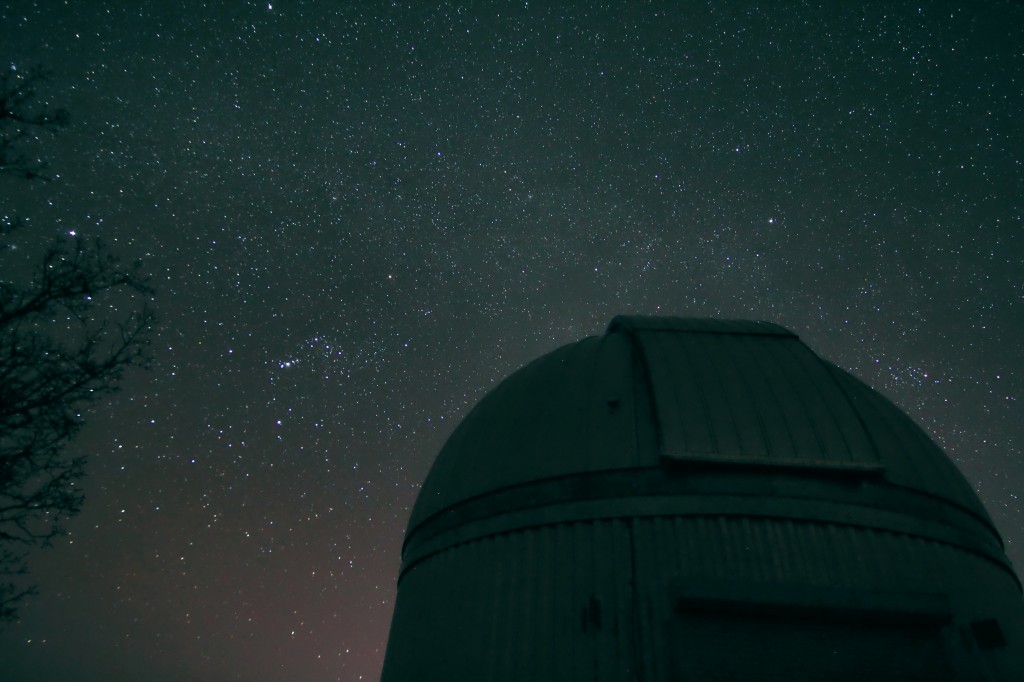
The last shot I got before heading down to set up my Astrotrac was of the Zodiacal light. It is caused by sunlight scattering space dust and is visible just after evening twilight and just before morning twilight. It is impossible to see this from a non-dark site. I easily saw it both evening and morning.
Throughout the night, I took a few other unguided shots with my T2i. Up near the 16″ RC is a platform that you get a great view to the south. I got the following early in the evening. I was most interested in Vela since we can’t really see it from Maryland. This was ISO 1600 for 13 seconds. I’ve labelled the constellations.
I also took Omega Centauri and Centaurus A later in the night. This was 5 seconds at ISO 1600. Also visible is the radio galaxy Centaurus A.
Also a wide-field of Centaurus, labeled. ISO 1600 for 13 seconds.
Near the end of the night, I got Sagittarius and the Milky Way passing through it. Same settings as above.
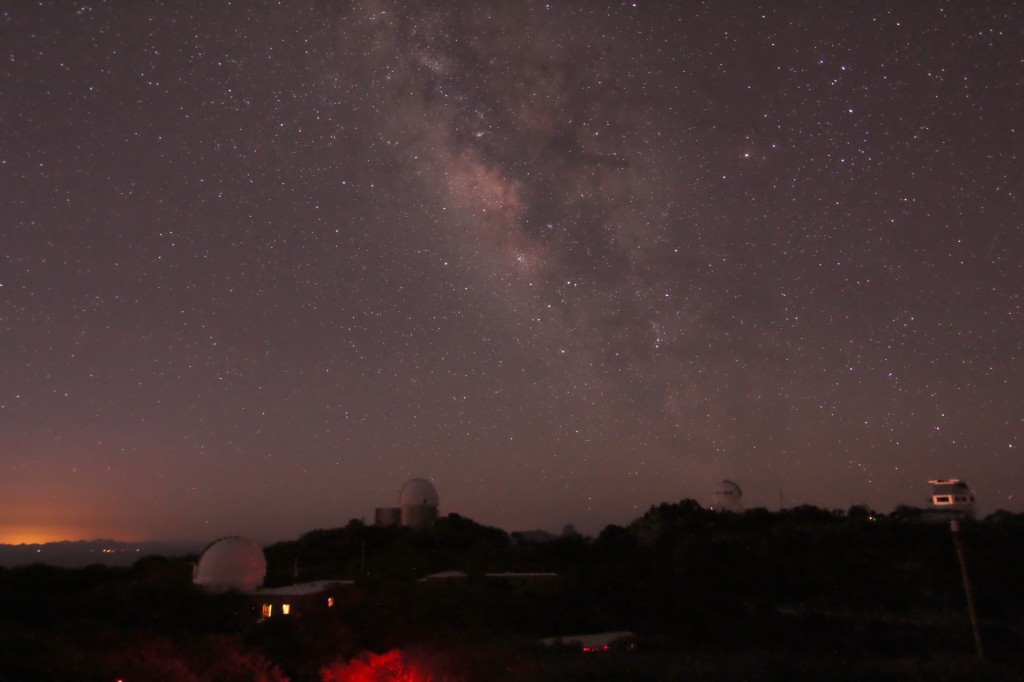
The moon rose around 4 AM and Mercury rose around 5 AM. I got them both in this shot with my 50mm (ISO 800, 3.2 seconds).
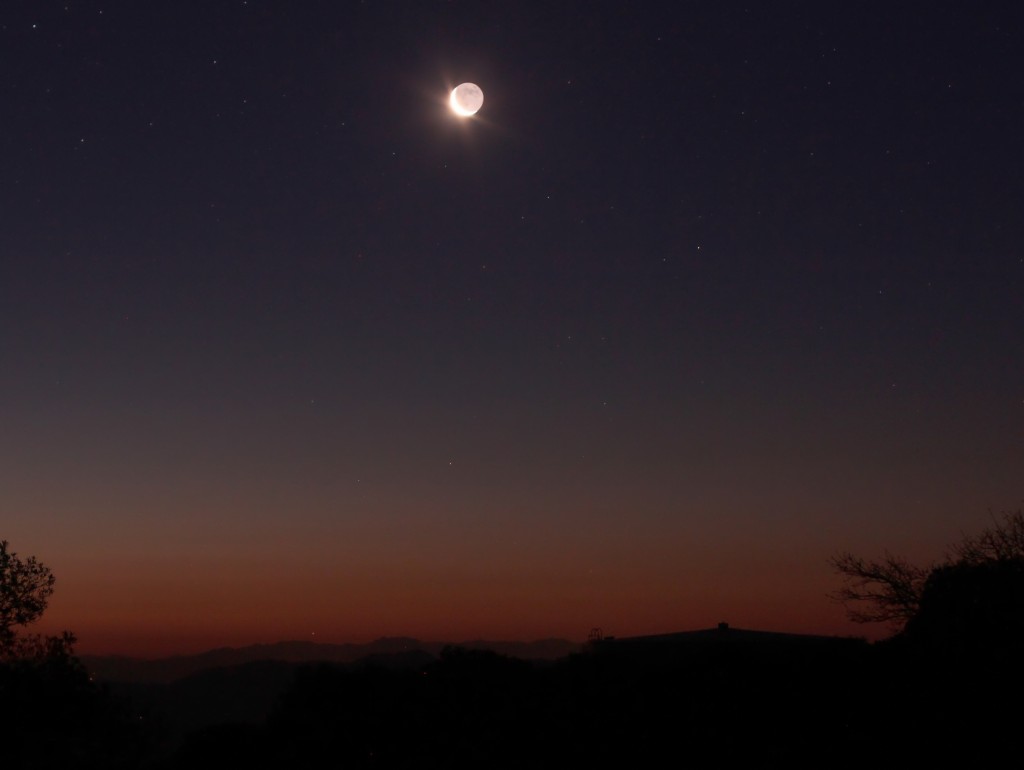
Those were all the unguided shots I took. Next onto those I got with the Astrotrac.

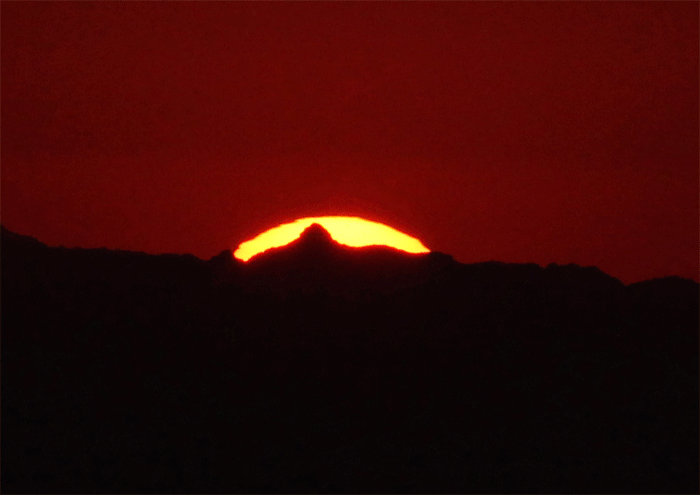
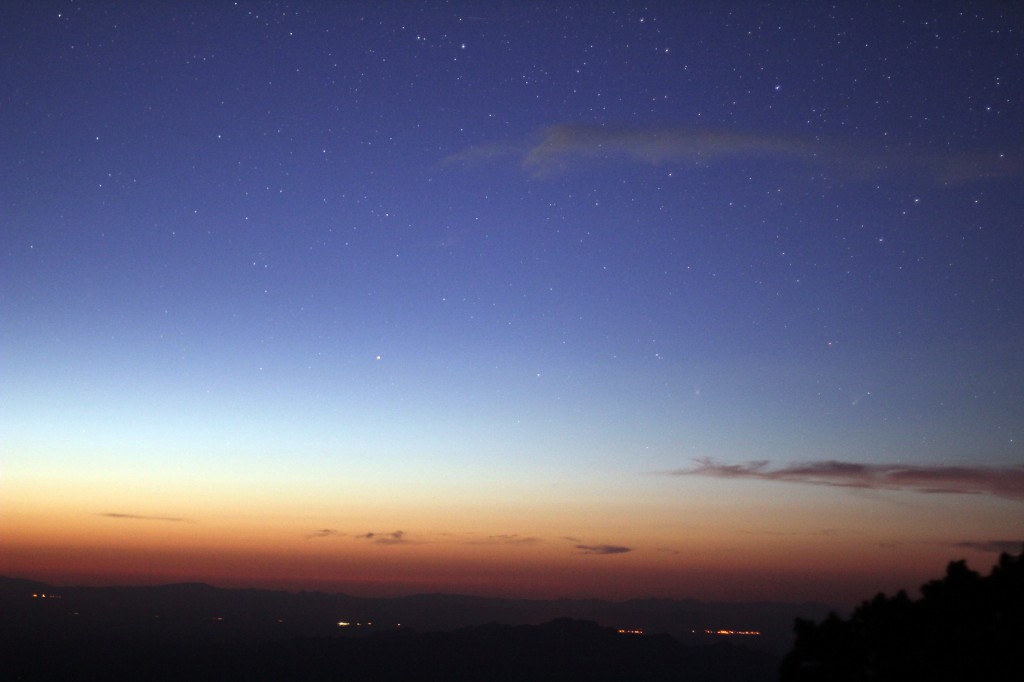
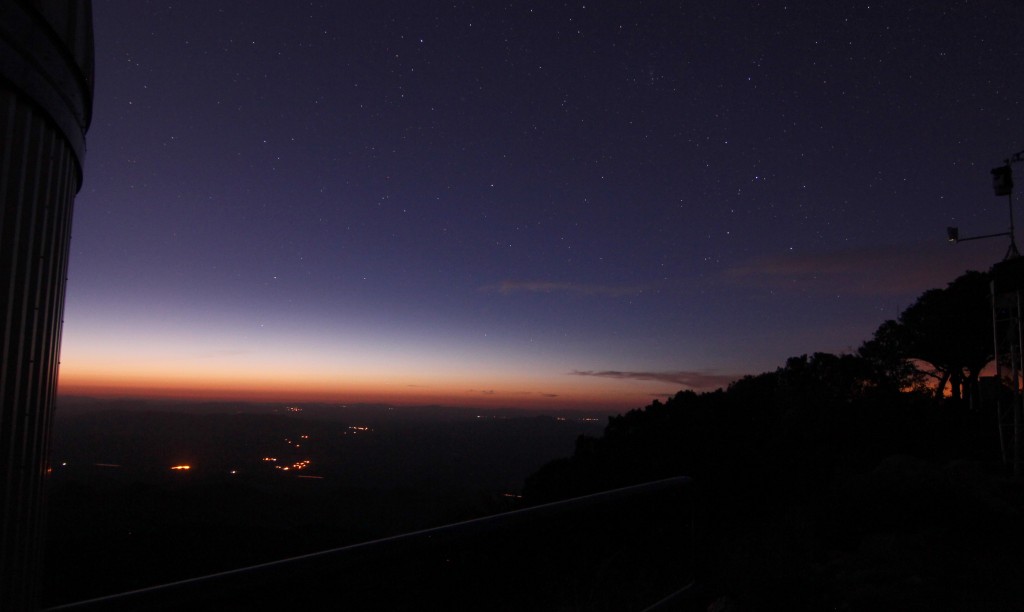
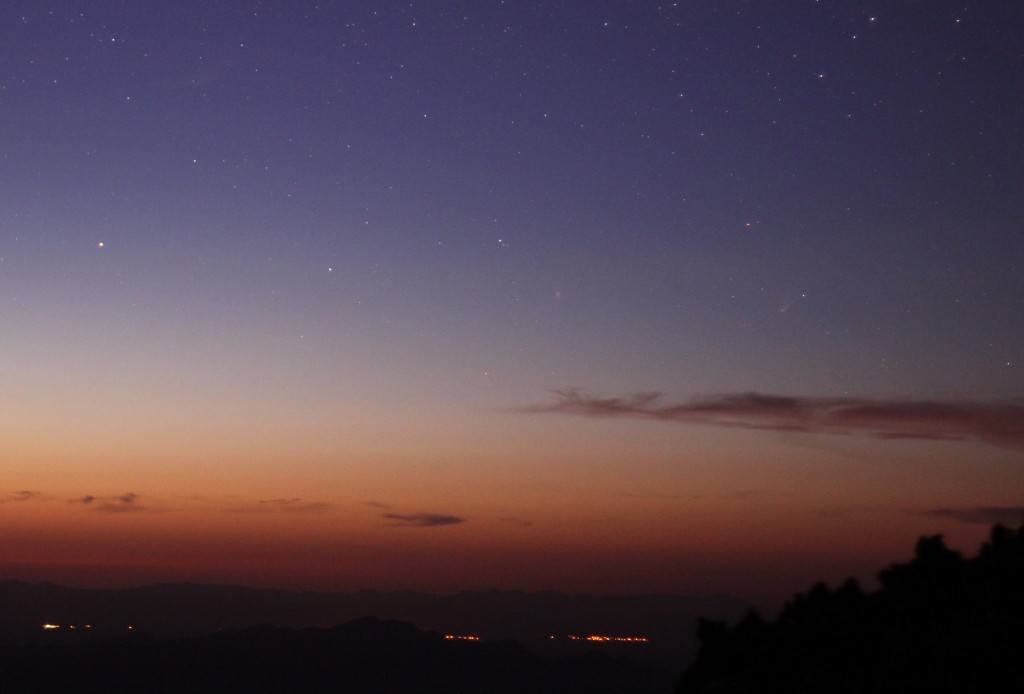
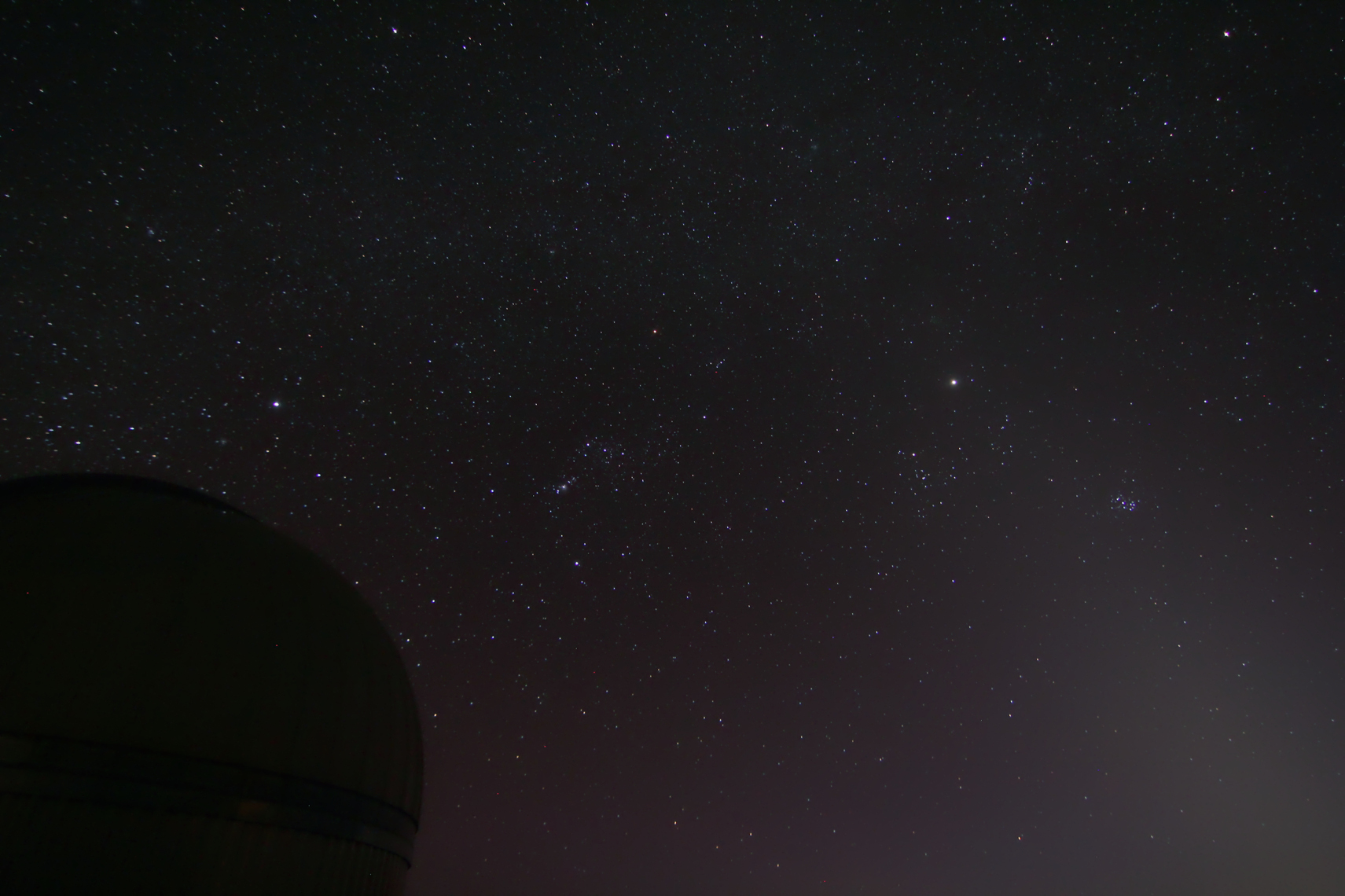
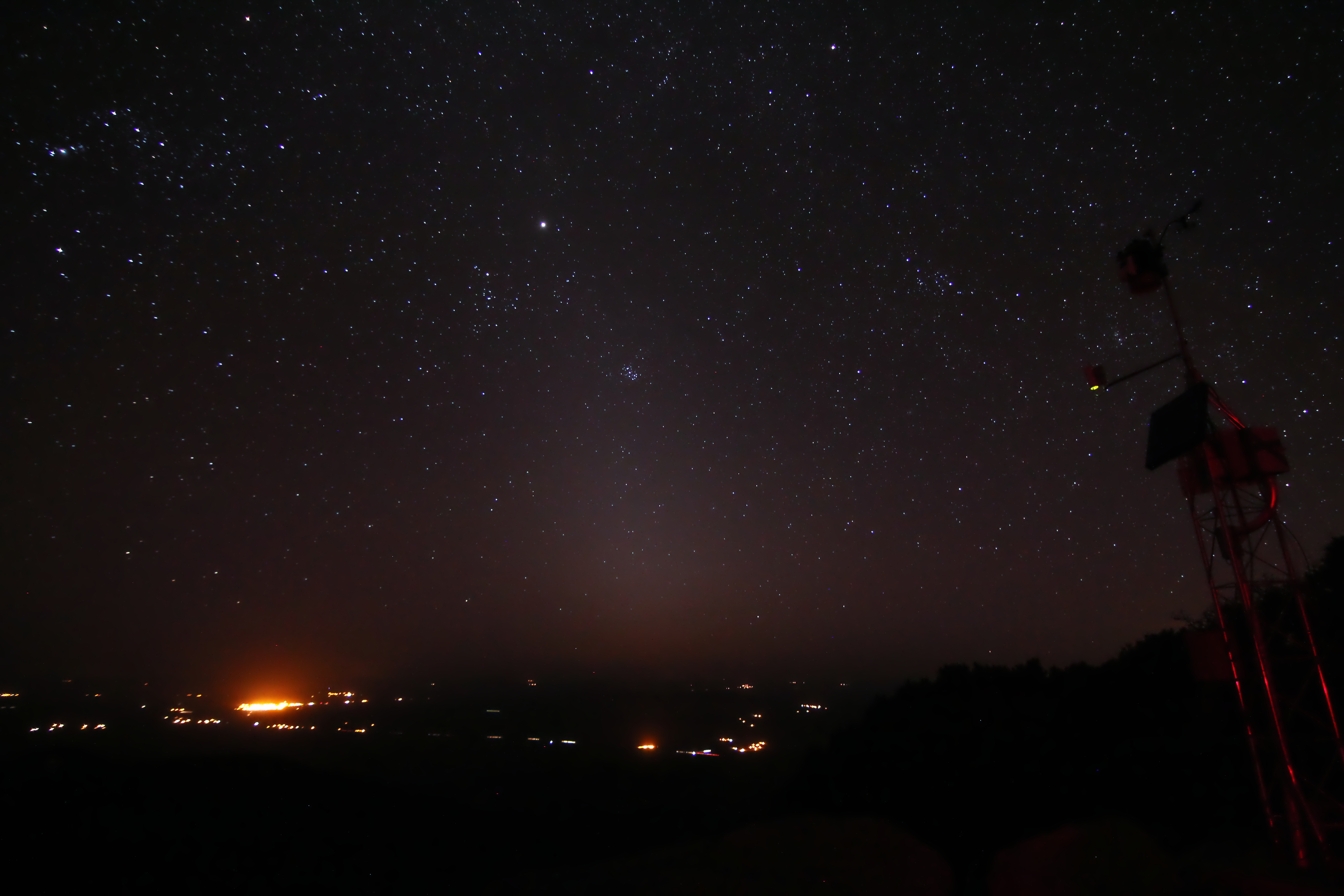
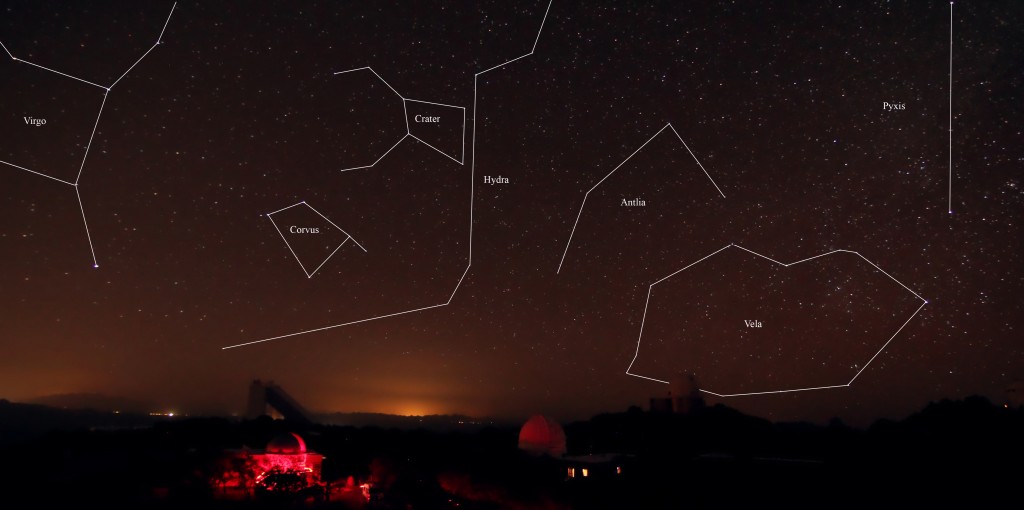
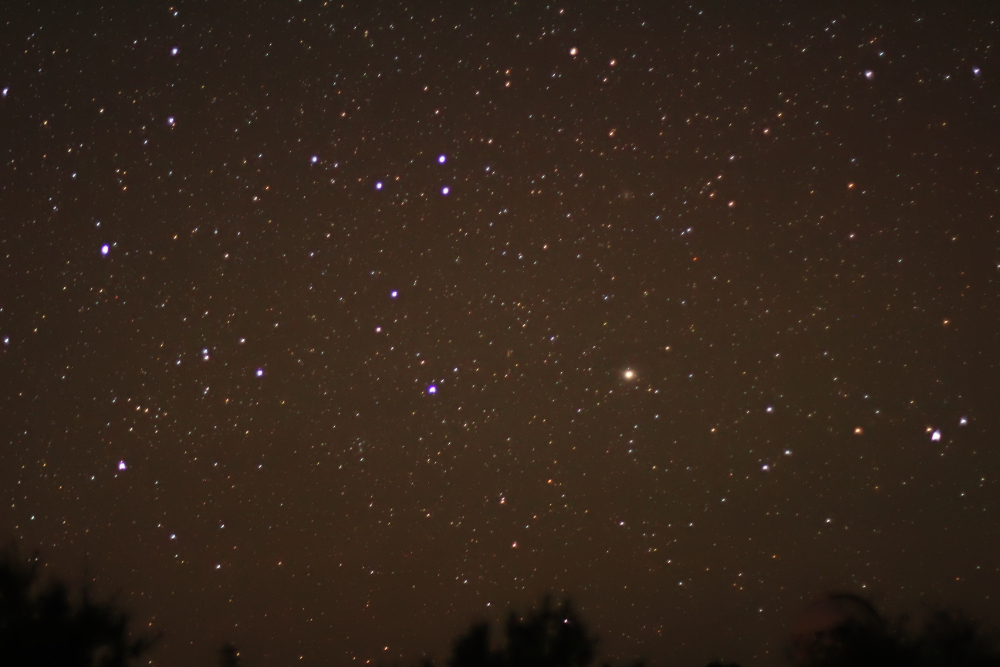
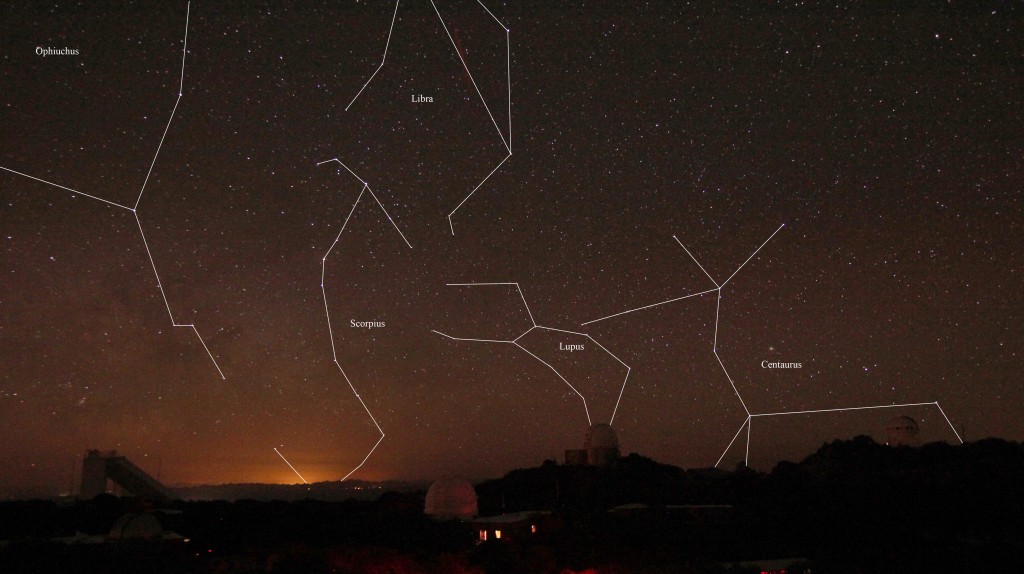
Leave a Reply